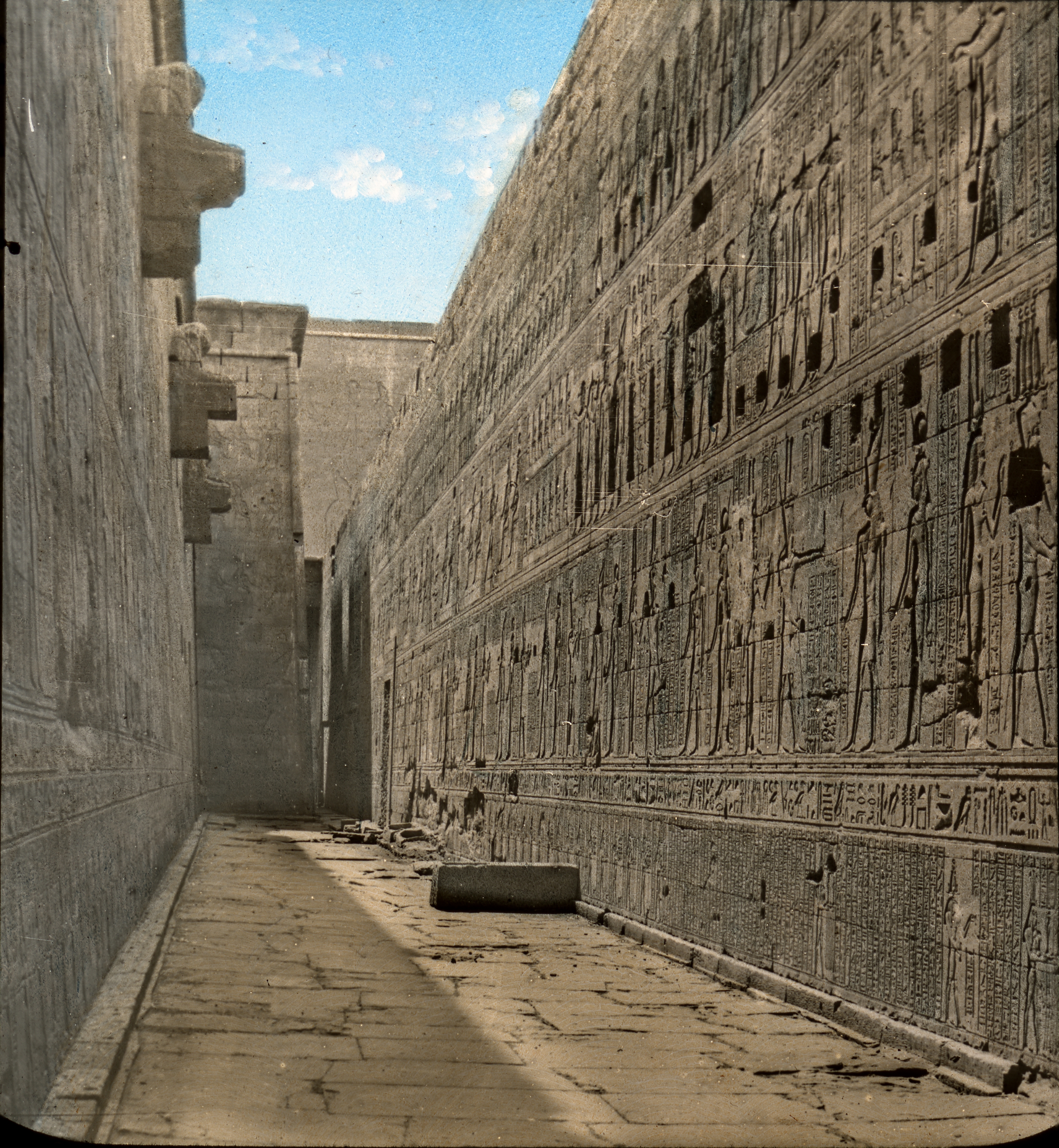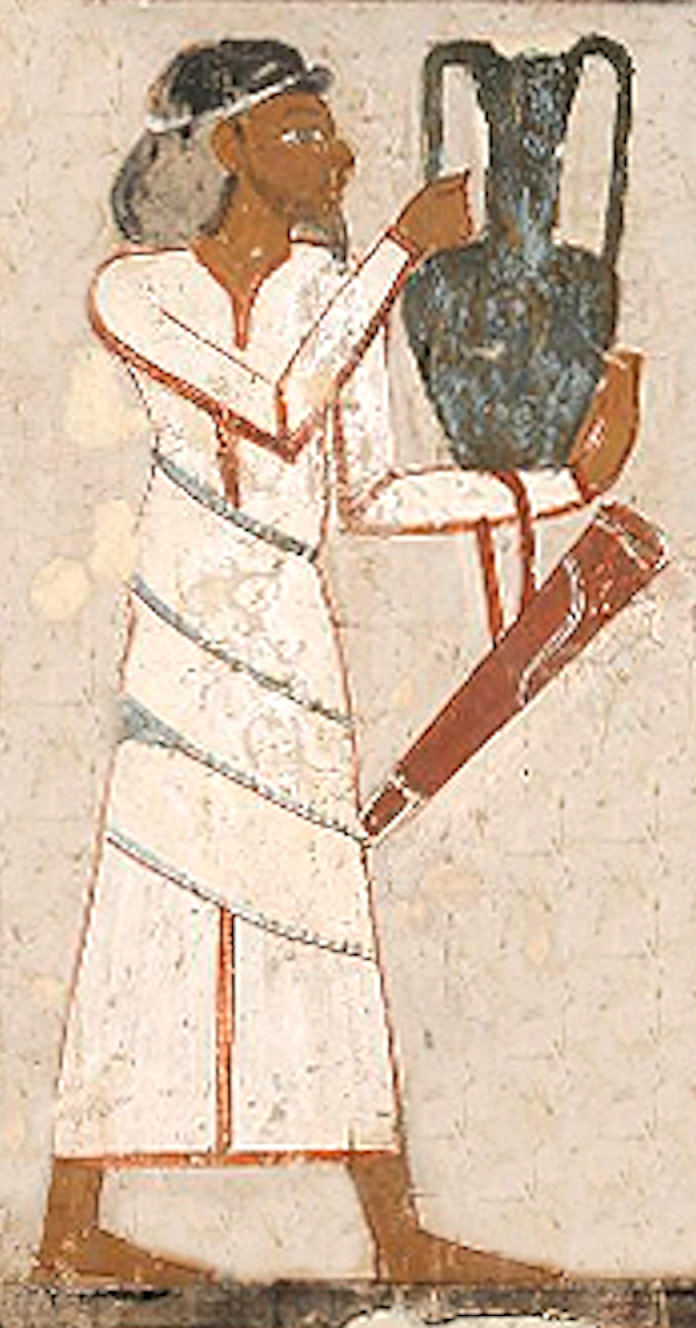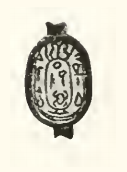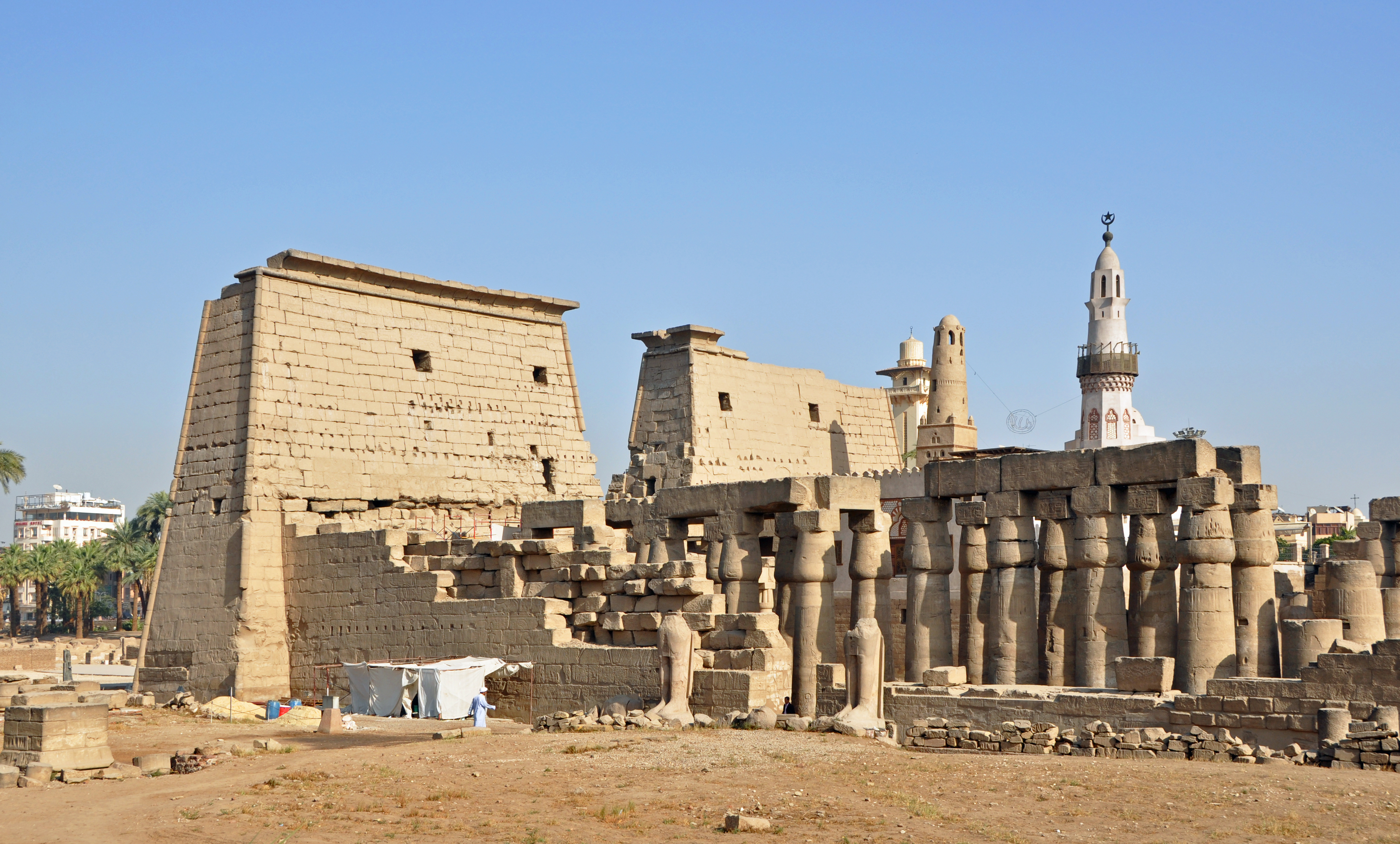|
El Haiz
El-Wahat el-Bahariya or el-Bahariya ( ar, الواحات البحرية "''El-Wāḥāt El-Baḥrīya''", "the Northern Oases"); is a depression and a naturally rich oasis in the Western Desert of Egypt. It is approximately 370 km away from Cairo. The roughly oval valley extends from northeast to southwest, has a length of 94 km, a maximum width of 42 km and covers an area of about 2000 km². The valley is surrounded by mountains and has numerous springs. Located in Giza Governorate, the main economic sectors are agriculture, iron ore mining, and tourism. The main agricultural products are guavas, mangos, dates, and olives. Etymology The Western Oasis was known as ''Diwah Ēmbemdje'', "Oasis of Bemdje", Old Coptic: ⲧⲁⲥⲧ(ⲥ), from Egyptian ''ḏsḏs''. Towns Bahariya consists of many villages, of which El Bawiti is the largest and the administrative center. Qasr is el-Bawiti's neighboring/twin village. To the east, about ten kilometers away are ... [...More Info...] [...Related Items...] OR: [Wikipedia] [Google] [Baidu] |
Governorates Of Egypt
Egypt has a Centralisation, centralised system of local government officially called local administration as it is a branch of the Executive (government), Executive. The country is divided into twenty-seven governorates ( '; ; genitive case#Arabic, genitive case: ; plural: '), the top tier of local administration. A governorate is administered by a governor, who is appointed by the President of Egypt and serves at the president's discretion. Governors have the civilian rank of minister and report directly to the Prime Minister of Egypt, prime minister, who chairs the Board of Governors ''(majlis al-muhafzin)'' and meets with them on a regular basis. The Ministry of Local Development, Minister of Local Development coordinates the governors and their governorate's budgets. Overview Egypt generally has four tiers of local administration units: governorates, cities, counties ''(marakiz)'', districts (subdivisions of cities) and villages (subdivisions of counties). There is a tie ... [...More Info...] [...Related Items...] OR: [Wikipedia] [Google] [Baidu] |
Bahariya Oasis
El-Wahat el-Bahariya or el-Bahariya ( ar, الواحات البحرية "''El-Wāḥāt El-Baḥrīya''", "the Northern Oases"); is a Depression (geology), depression and a naturally rich oasis in the Western Desert (Egypt), Western Desert of Egypt. It is approximately 370 km away from Cairo. The roughly oval valley extends from northeast to southwest, has a length of 94 km, a maximum width of 42 km and covers an area of about 2000 km². The valley is surrounded by mountains and has numerous springs. Located in Giza Governorate, the main economic sectors are agriculture, iron ore mining, and tourism. The main agricultural products are guavas, mangos, date palm, dates, and olives. Etymology The Western Oasis was known as ''Diwah Ēmbemdje'', "Oasis of Oxyrhynchus, Bemdje", Old coptic language, Old Coptic: ⲧⲁⲥⲧ(ⲥ), from Egyptian language, Egyptian ''ḏsḏs''. Towns Bahariya consists of many villages, of which Bawiti, El Bawiti is the largest and th ... [...More Info...] [...Related Items...] OR: [Wikipedia] [Google] [Baidu] |
Coptic Language
Coptic (Bohairic Coptic: , ) is a language family of closely related dialects, representing the most recent developments of the Egyptian language, and historically spoken by the Copts, starting from the third-century AD in Roman Egypt. Coptic was supplanted by Arabic as the primary spoken language of Egypt following the Muslim conquest of Egypt and was slowly replaced over the centuries. Coptic has no native speakers today, although it remains in daily use as the liturgical language of the Coptic Orthodox Church and of the Coptic Catholic Church. Innovations in grammar, phonology, and the influx of Greek loanwords distinguish Coptic from earlier periods of the Egyptian language. It is written with the Coptic alphabet, a modified form of the Greek alphabet with several additional letters borrowed from the Demotic Egyptian script. The major Coptic dialects are Sahidic, Bohairic, Akhmimic, Fayyumic, Lycopolitan, and Oxyrhynchite. Sahidic Coptic was spoken between the cities ... [...More Info...] [...Related Items...] OR: [Wikipedia] [Google] [Baidu] |
Olympiodorus Of Thebes
Olympiodorus of Thebes ( grc-gre, Ὀλυμπιόδωρος ὁ Θηβαῖος; born c. 380, fl. c. 412–425 AD) was a Roman historian, poet, philosopher and diplomat of the early fifth century. He produced a ''History'' in twenty-two volumes, written in Greek, dedicated to the Emperor Theodosius II, detailing events in the Western Roman Empire between 407 and 425. His friends included philosophers, provincial governors and rhetoricians. He made several journeys in an official capacity, accompanied for twenty years by a parrot. He was a "convinced but discreet" pagan, who flourished in a Christian court, and whose work influenced several subsequent historians, including writers of ecclesiastical history. Life Olympiodorus was born between 365 and 380 in Thebes (modern Luxor, Egypt), in the Roman province of Thebaïd, into a curial family. Thebes at that point was a flourishing centre of literary learning, and a cradle of politicians and public figures. He received a classical e ... [...More Info...] [...Related Items...] OR: [Wikipedia] [Google] [Baidu] |
Strabo
Strabo''Strabo'' (meaning "squinty", as in strabismus) was a term employed by the Romans for anyone whose eyes were distorted or deformed. The father of Pompey was called "Pompeius Strabo". A native of Sicily so clear-sighted that he could see things at great distance as if they were nearby was also called "Strabo". (; el, Στράβων ''Strábōn''; 64 or 63 BC 24 AD) was a Greek geographer, philosopher, and historian who lived in Asia Minor during the transitional period of the Roman Republic into the Roman Empire. Life Strabo was born to an affluent family from Amaseia in Pontus (in present-day Turkey) in around 64BC. His family had been involved in politics since at least the reign of Mithridates V. Strabo was related to Dorylaeus on his mother's side. Several other family members, including his paternal grandfather had served Mithridates VI during the Mithridatic Wars. As the war drew to a close, Strabo's grandfather had turned several Pontic fortress ... [...More Info...] [...Related Items...] OR: [Wikipedia] [Google] [Baidu] |
Edfu
Edfu ( egy, bḥdt, ar, إدفو , ; also spelt Idfu, or in modern French as Edfou) is an Egyptian city, located on the west bank of the Nile River between Esna and Aswan, with a population of approximately sixty thousand people. Edfu is the site of the Ptolemaic Temple of Horus and an ancient settlement, Tell Edfu. About south of Edfu are remains of ancient pyramids. Ancient history Ancient Tell Edfu The remains of the ancient settlement of Edfu are situated about 50 m to the west of the Ptolemaic temple – to the left of the older temple pylon. This settlement is known as ''Wetjeset-hor'' and the Greek name was ''Apollinopolis Magna'' (Ancient Greek: ''Apollinòpolis'', ''Απολλινόπολις''). According to ''Notitia Dignitatum'', part of Legio II ''Traiana Fortis'' was camped in ''Apollo superior'', which was the Roman name for the town. Although unassuming and unglamorous to the visiting tourists, Tell Edfu is a monument that contains evidence of more Egypti ... [...More Info...] [...Related Items...] OR: [Wikipedia] [Google] [Baidu] |
Amenhotep
Amenhotep (''Ỉmn-ḥtp''; "Amun is pleased" or "Amun is satisfied") is an ancient Egyptian name. Its Greek version is Amenophis (). Its notable bearers were: __NOTOC__ Pharaohs of the 18th dynasty *Amenhotep I *Amenhotep II *Amenhotep III *Amenhotep IV (Akhenaten) Princes * Amenhotep A, a son of Sobekhotep IV (13th dynasty), named on a box (now in Cairo) * Amenhotep D, a son of Amenhotep II (18th dynasty) * Amenhotep F, princely name of Akhenaten * Amenhotep G, a son of Ramesses II (19th dynasty), 14th on the list of princes Nobles * Amenhotep (treasurer) treasurer of the 13th Dynasty * Amenhotep (high steward), high steward of Hatshepsut (18th Dynasty) * Amenhotep son of Hapu, deified Ancient Egyptian architect (18th Dynasty) * Amenhotep, Priest of Amun (18th Dynasty) * Amenhotep-Huy, Vizier of South under Amenhotep III (18th Dynasty) * Amenhotep (Huy), the high steward of Memphis under Amenhotep III (18th Dynasty) * Amenhotep called Huy, Viceroy of Kush under Tutankh ... [...More Info...] [...Related Items...] OR: [Wikipedia] [Google] [Baidu] |
Hyksos
Hyksos (; Egyptian '' ḥqꜣ(w)- ḫꜣswt'', Egyptological pronunciation: ''hekau khasut'', "ruler(s) of foreign lands") is a term which, in modern Egyptology, designates the kings of the Fifteenth Dynasty of Egypt (fl. c. 1650–1550 BC). The seat of power of these kings was the city of Avaris in the Nile delta, from where they ruled over Lower and Middle Egypt up to Cusae. In the ''Aegyptiaca'', a history of Egypt written by the Greco-Egyptian priest and historian Manetho in the 3rd century BC, the term Hyksos is used ethnically to designate people of probable West Semitic, Levantine origin. While Manetho portrayed the Hyksos as invaders and oppressors, this interpretation is questioned in modern Egyptology. Instead, Hyksos rule might have been preceded by groups of Canaanite peoples who gradually settled in the Nile delta from the end of the Twelfth Dynasty onwards and who may have seceded from the crumbling and unstable Egyptian control at some point during the Thirteent ... [...More Info...] [...Related Items...] OR: [Wikipedia] [Google] [Baidu] |
Kamose
Kamose was the last Pharaoh of the Theban Seventeenth Dynasty. He was possibly the son of Seqenenre Tao and Ahhotep I and the uncle of Ahmose I, founder of the Eighteenth Dynasty. His reign fell at the very end of the Second Intermediate Period. Kamose is usually ascribed a reign of three years (his highest attested regnal year), although some scholars now favor giving him a longer reign of approximately five years. His reign is important for the decisive military initiatives he took against the Hyksos, who had come to rule much of Ancient Egypt. His father had begun the initiatives and lost his life in battle with the Hyksos. It is thought that his mother, as regent, continued the campaigns after the death of Kamose, and that his full brother made the final conquest of them and united all of Egypt. Campaigns ''Casus Belli'' Kamose was the final king in a succession of native Egyptian kings at Thebes. Originally, the Theban Seventeenth dynasty rulers were at peace with the ... [...More Info...] [...Related Items...] OR: [Wikipedia] [Google] [Baidu] |
Luxor
Luxor ( ar, الأقصر, al-ʾuqṣur, lit=the palaces) is a modern city in Upper (southern) Egypt which includes the site of the Ancient Egyptian city of ''Thebes''. Luxor has frequently been characterized as the "world's greatest open-air museum", as the ruins of the Egyptian temple complexes at Karnak and Luxor stand within the modern city. Immediately opposite, across the River Nile, lie the monuments, temples and tombs of the west bank Theban Necropolis, which includes the Valley of the Kings and Valley of the Queens. Thousands of tourists from all around the world arrive annually to visit Luxor's monuments, contributing greatly to the economy of the modern city. The population of Luxor is 422,407 (2021), with an area of approximately . It is the capital of Luxor Governorate. It is among the oldest inhabited cities in the world. Etymology The name ''Luxor'' ( ar, الأقصر, al-ʾuqṣur, lit=the palace, pronounced , , Upper Egyptian: ) derives from the Arabic ... [...More Info...] [...Related Items...] OR: [Wikipedia] [Google] [Baidu] |
New Kingdom
New is an adjective referring to something recently made, discovered, or created. New or NEW may refer to: Music * New, singer of K-pop group The Boyz Albums and EPs * ''New'' (album), by Paul McCartney, 2013 * ''New'' (EP), by Regurgitator, 1995 Songs * "New" (Daya song), 2017 * "New" (Paul McCartney song), 2013 * "New" (No Doubt song), 1999 *"new", by Loona from '' Yves'', 2017 *"The New", by Interpol from ''Turn On the Bright Lights'', 2002 Acronyms * Net economic welfare, a proposed macroeconomic indicator * Net explosive weight, also known as net explosive quantity * Network of enlightened Women, a conservative university women's organization * Next Entertainment World, a South Korean film distribution company Identification codes * Nepal Bhasa language ISO 639 language code * New Century Financial Corporation (NYSE stock abbreviation) * Northeast Wrestling, a professional wrestling promotion in the northeastern United States Transport * New Orleans Lakefront Ai ... [...More Info...] [...Related Items...] OR: [Wikipedia] [Google] [Baidu] |
Middle Kingdom Of Egypt
The Middle Kingdom of Egypt (also known as The Period of Reunification) is the period in the history of ancient Egypt following a period of political division known as the First Intermediate Period. The Middle Kingdom lasted from approximately 2040 to 1782 BC, stretching from the reunification of Egypt under the reign of Mentuhotep II in the Eleventh Dynasty to the end of the Twelfth Dynasty. The kings of the Eleventh Dynasty ruled from Thebes and the kings of the Twelfth Dynasty ruled from el-Lisht. The concept of the Middle Kingdom as one of three golden ages was coined in 1845 by German Egyptologist Baron von Bunsen, and its definition evolved significantly throughout the 19th and 20th centuries. Some scholars also include the Thirteenth Dynasty of Egypt wholly into this period, in which case the Middle Kingdom would end around 1650 BC, while others only include it until Merneferre Ay around 1700 BC, last king of this dynasty to be attested in both Upper and Lower Egypt. ... [...More Info...] [...Related Items...] OR: [Wikipedia] [Google] [Baidu] |








